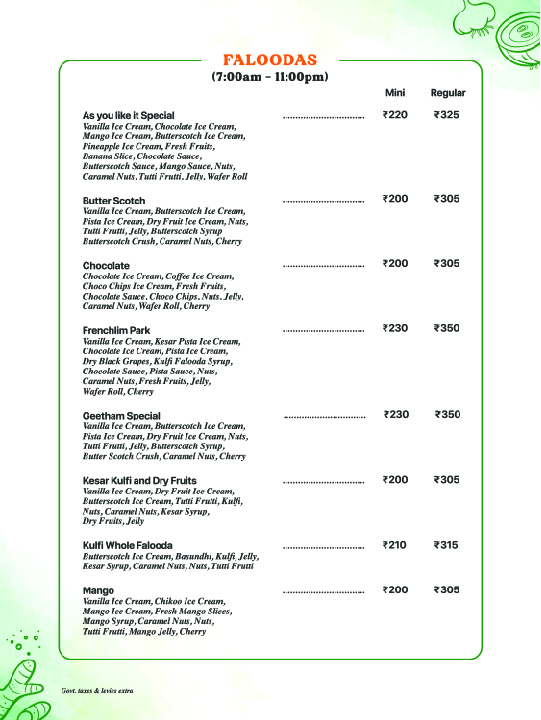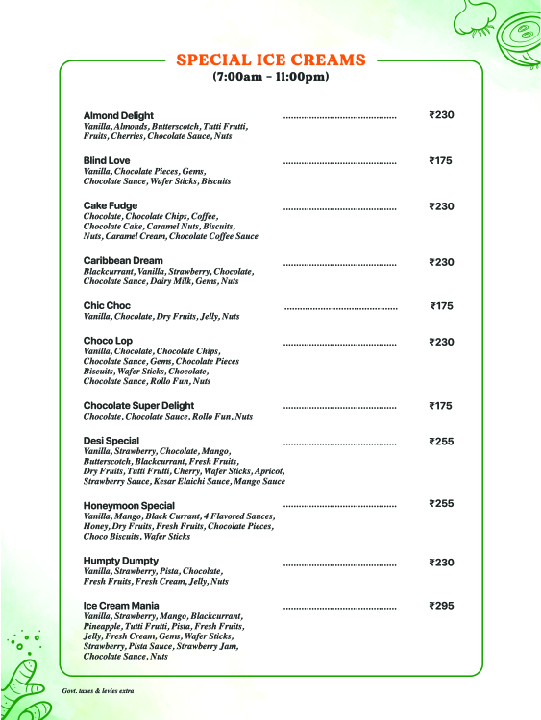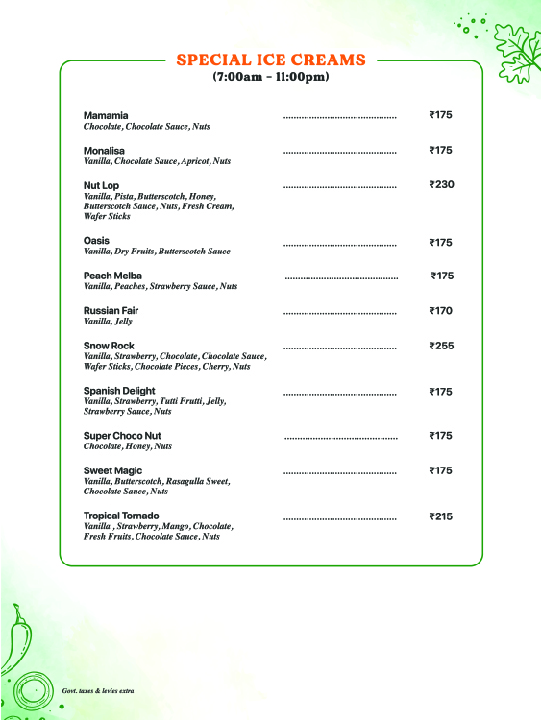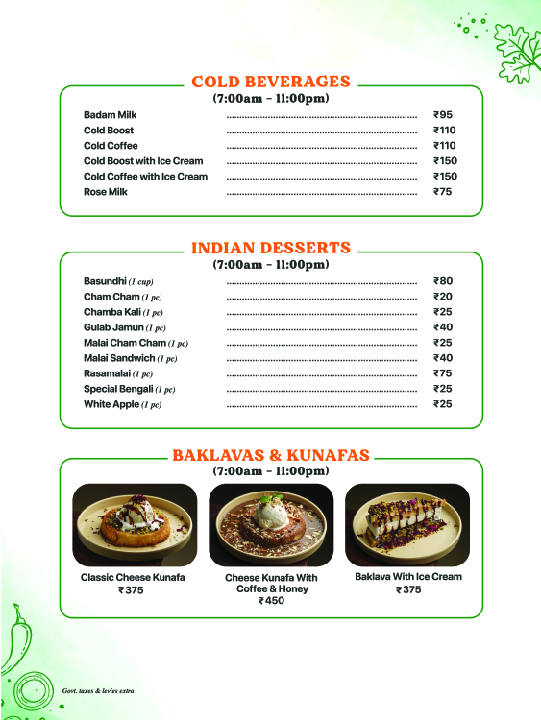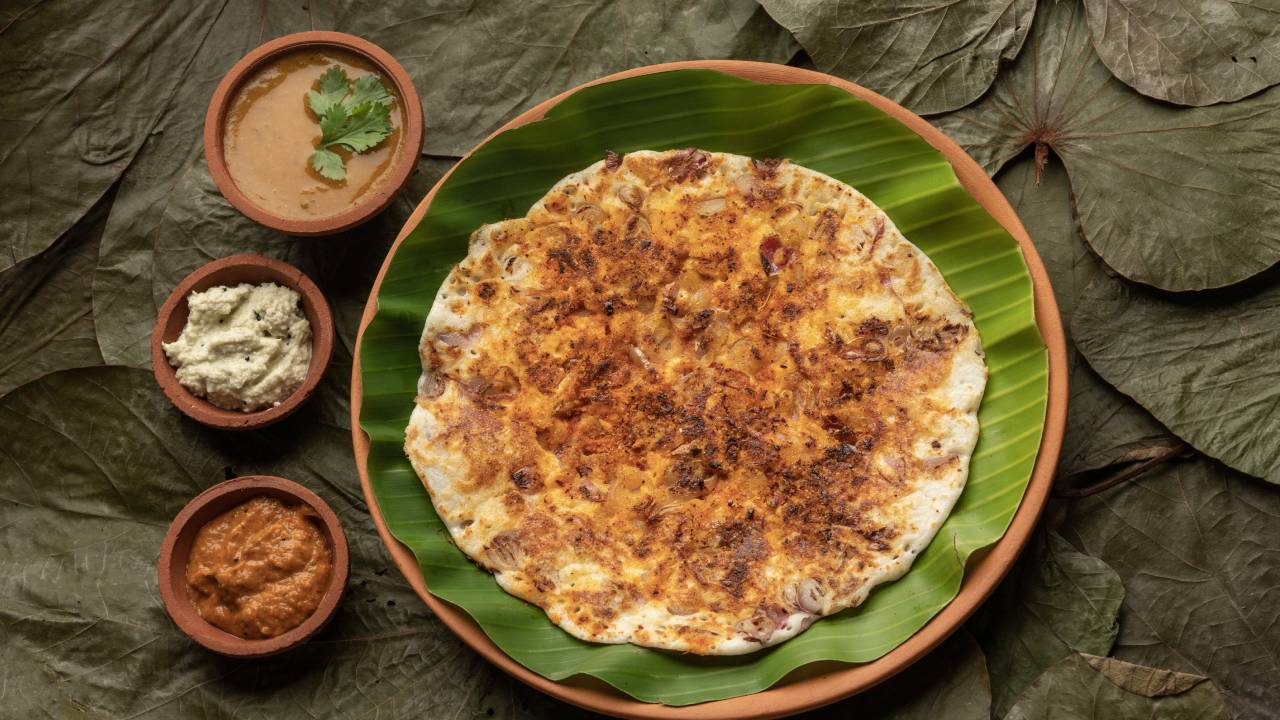
The Sambar Saga.
South Indian cuisine is renowned for its flavors, fragrant spices, and deep-rooted culinary traditions, a world where elements of smell, taste and aesthetics intertwine to create a gastronomic journey like no other. Among the plethora of mouthwatering delicacies that grace this vibrant culinary landscape, one particular creation stands out as an emblem of this rich heritage – the iconic South Indian Sambar. No South Indian meal is complete without Sambar.
Having grown up in Mumbai, my initial appreciation for sambar was rather limited. As a chutney enthusiast, I often relegated sambar to the role of a mere side dip for idlis, vadas and dosas during restaurant visits and festive gatherings hosted by Tamilian family friends. However, everything changed when I moved to Chennai three years ago. As I settled into my new life, marrying into a family that embraces and celebrates South Indian cuisine, sambar began to make its regular appearances on our dining table.
This lentil-based vegetable stew cooked with pigeon pea and tamarind broth became an essential accompaniment to fluffy steamed rice and crispy papadums. Through this journey, sambar evolved from a peripheral element to an integrated part of my daily dining experience. But I must confess, my love affair with sambar only strengthened after I had a bowlful of it at Geetham.
The memory is still fresh from that morning when I ordered Medu Vadas for a quick snack. Served with three different chutneys and piping hot crispy vadas, I dove into a big spoonful of hot sambar and it was instant magic! It felt as if I was enjoying sambar for the first time – like a realization that comes when we truly comprehend and appreciate something we have encountered countless times before.
It was a moment of focused attention, where each aspect of sambar revealed its brilliance, subtlety and sheer genius. The interplay of flavors, the harmonious blend of vegetables and lentils, and the tangy undertones of tamarind danced on my taste buds, leaving an indelible mark. If there ever was a time where I simple cherished each spoonful and finished an entire bowl of sambar without any accompaniments, it would be that morning at Geetham.
Defining Sambar is an elusive endeavor. While there exists a general framework – a lentil and tamarind-based gravy infused with a medley of one or more vegetables, complemented by the addition of sambar podi or powder, sambar defies standardized parameters. For example, the sambar prepared in households in Chennai may differ in taste and process with the sambar prepped in other regions of Tamil Nadu, say Madurai. Sambar made in Karnataka is different than what is made in Kerala. It thrives on its very diversity, as one navigates across regions, communities and households.
As Chennai based culinary writer and editor Padmini Natarajan rightly quotes, "You'll find sambar-rice in railway stations, Amma canteens, temples, road carts, lunchboxes. But we all have our own ways of making it. In Tamil Nadu itself, the podi (sambar powder or masala) differs across regions, communities and households. This is a dish that relies on family traditions." I couldn’t agree more – it’s all about the sambar podi!
Today, sambar continues to be cherished as a symbol of South Indian culinary heritage. It is celebrated not only for its delectable taste but also for its cultural significance and the sense of nostalgia it evokes. Whether enjoyed in traditional homes, street-side eateries, or fine dining restaurants, the delicious sambar remains a beloved dish that embodies much more than just vibrant flavors and culinary traditions for the people of Tamil Nadu and South India as a whole.
-Reha Salvi
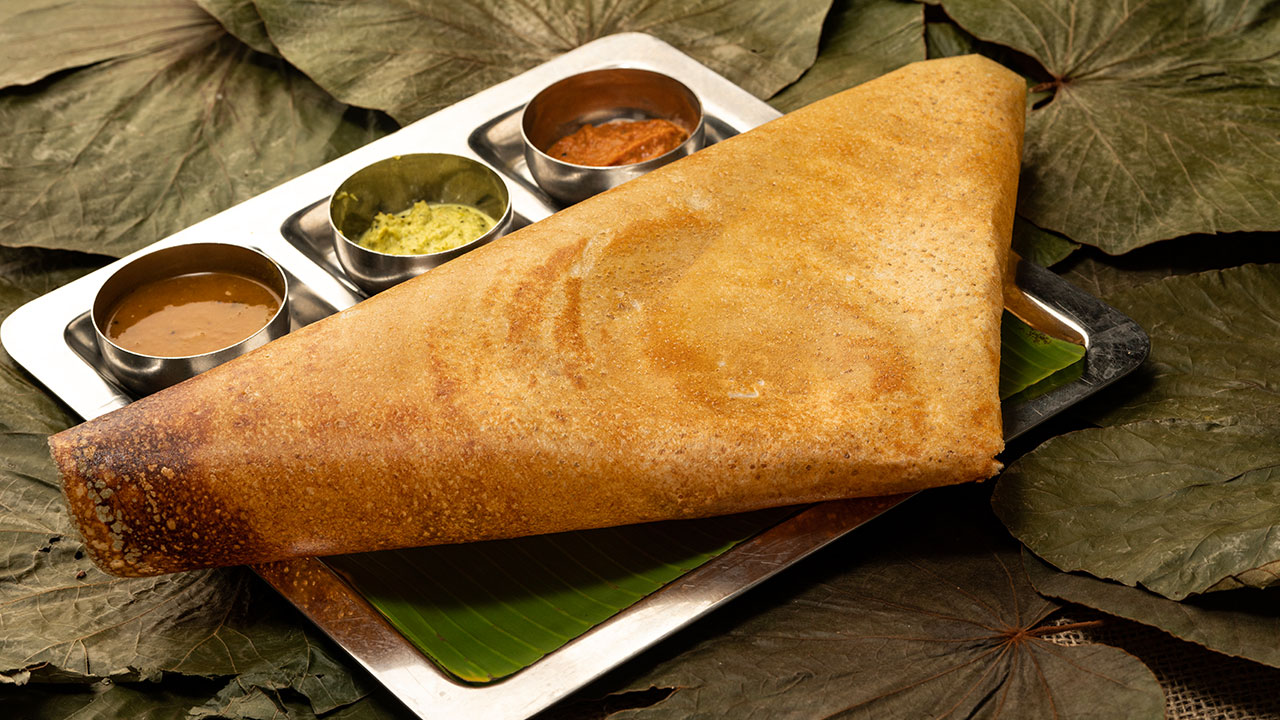
Dosa for Every Mood.
Alexa, Play ‘Dosai ஆசை Yaarai Vitadhoo!” Who doesn’t love a Moru Moru Dosa which is served with some piping hot sambar & chutney!
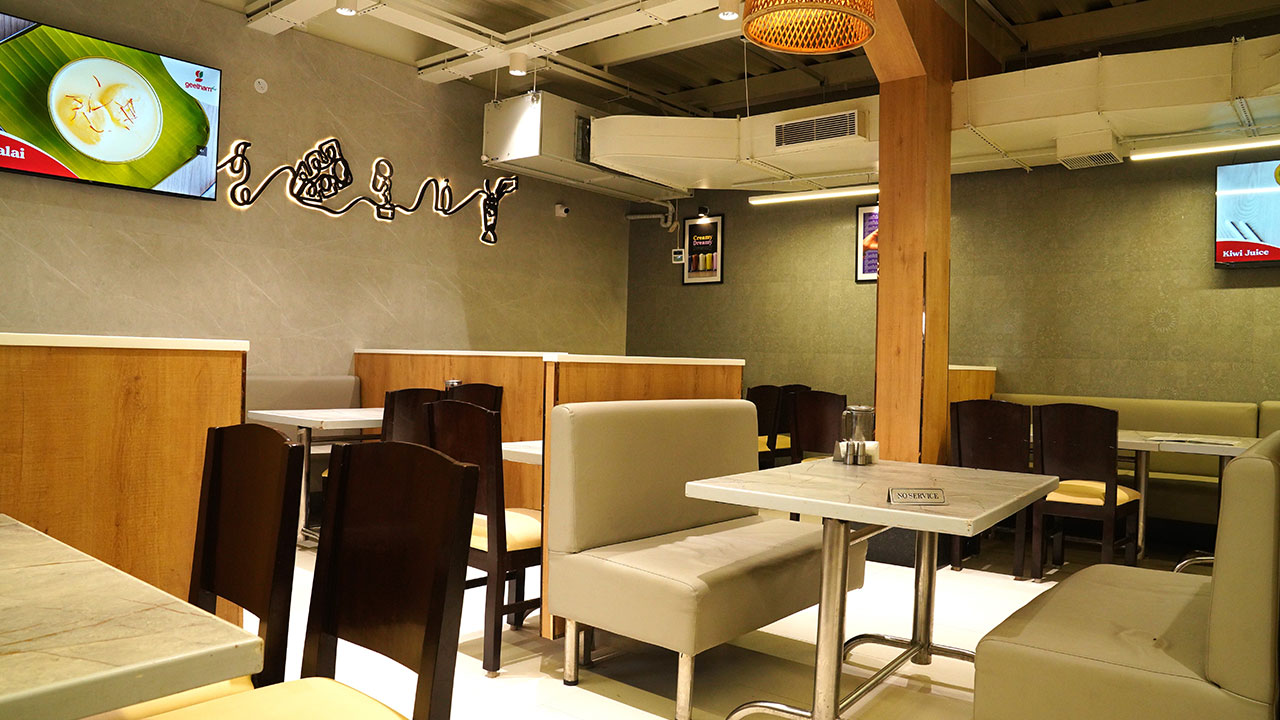
My Geetham Experience
I am an ardent admirer of South Indian cuisine, and the cuisine’s simplicity and wholesomeness resonate with me deeply.

The Sambar Saga.
South Indian cuisine is renowned for its flavors, fragrant spices, and deep-rooted culinary traditions,
















